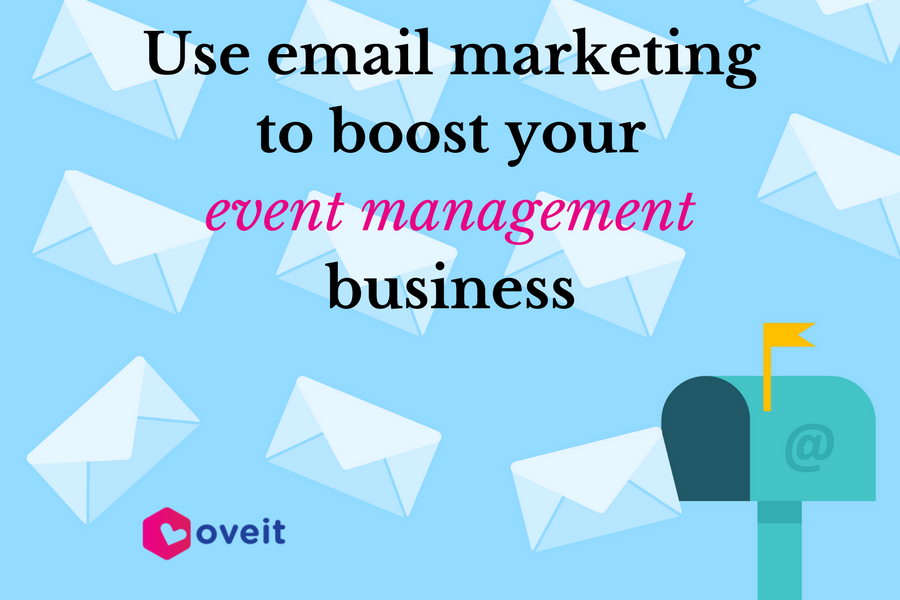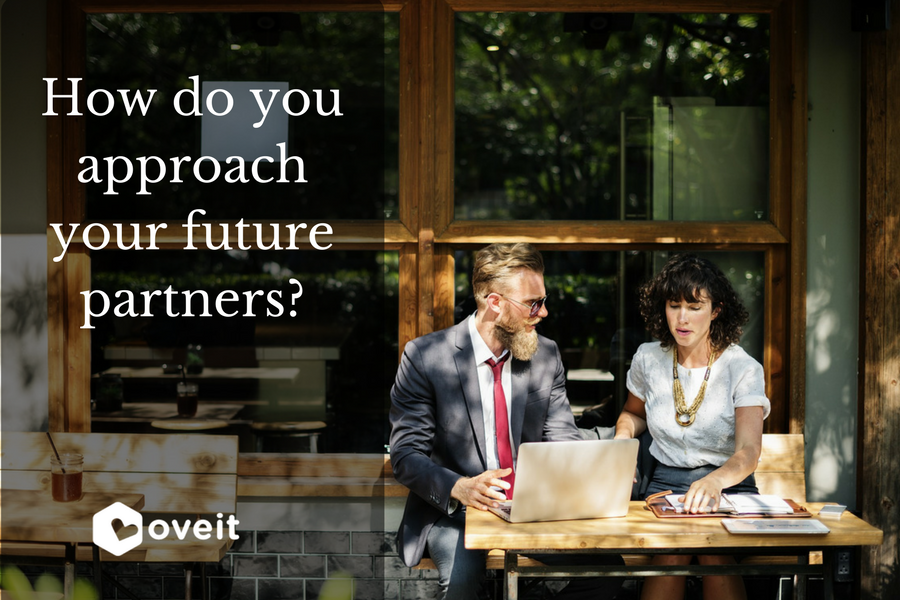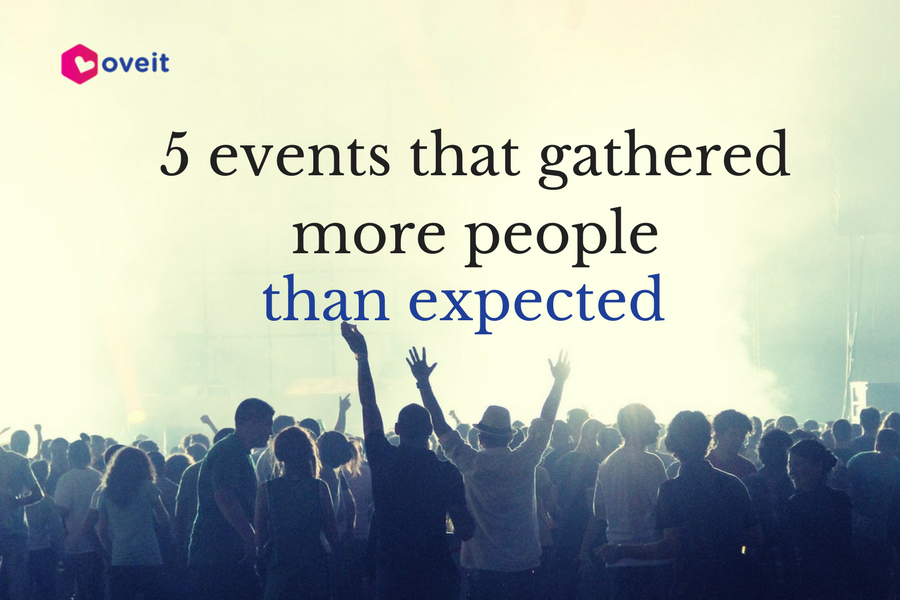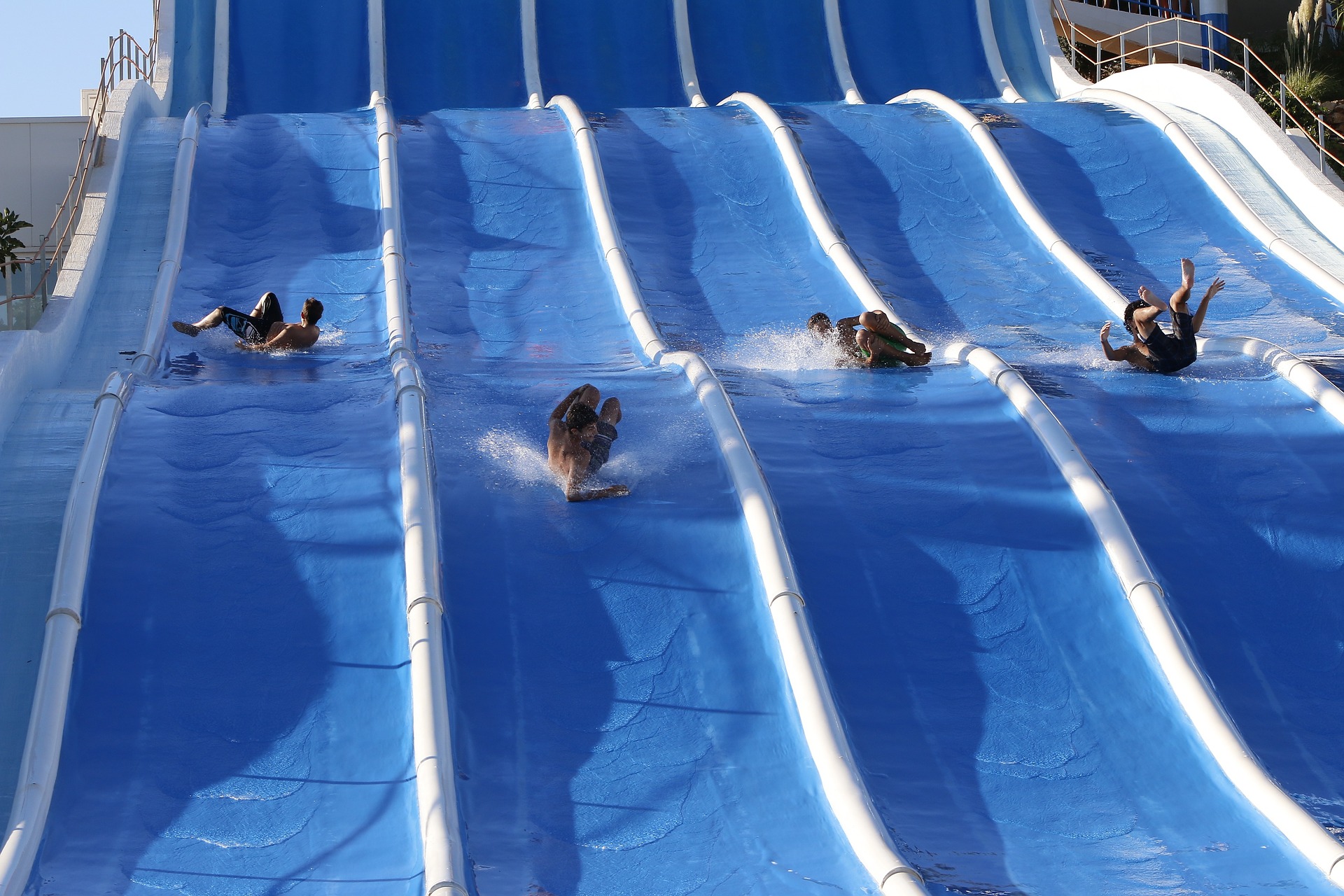39 years ago the first mass email was sent, and the results were amazing. Starting that moment email marketing caught everyone’s attention and even though what worked a few years ago doesn’t work anymore, email is still one of the most used channels for marketing. And this article is meant to show you how a strong email marketing strategy can support your event management business and why you should use this powerful marketing tool.

One of the main reasons for which it’s so used is that it is easily measurable: a report from MillwardBrown Digital states that marketers find email marketing as the easiest marketing channel to measure ROI for. Another significant reason is that while social media channels have 100% ownership over your followers (and your reach can be affected by an unannounced algorithm change) emails give you absolute power; those people gave you their email addresses and you can reach them as long as the internet is still out here.
But besides these two reasons, email marketing has many more advantages than you should profit from:
Helps you save time and money
Email marketing is cost-effective itself, but it can also help you reduce costs with printed materials that you now use. Ok, maybe you have some old-fashion clients that still prefer to touch their birthday cards or the discount vouchers, but for the rest of them you can use emails and reduce the printing costs. You can also automate emails so you use your time for other activities that help your business.
Another way to monetize your email influence is by offering space for companies to brand your email template. It’s an unobtrusive way to promote your partners and it’s easy to see the results of your campaigns.
Increases brand awareness
It is crucial to keep your customers engaged, and also it is crucial maintaining a strong connection with your subscribers in order to make them buy. Studies reveal that prospects need more than 4 online interactions before buying a product (or service), so you see why is crucial to have rhythmic interactions with your (future) customers.
It’s easy to educate your clients
By constant communication, you can educate your customers so they will be able to use all the benefits that you offer.Maybe you plan your annual festival but, for the first time, you will use NFC technology for cashless payments. If you have the email addresses of your customers (if you used a smart tool to sell tickets, you have them) you can educate them on how to use NFC. You can put up a trigger-based set of emails so when someone buys a ticket automatically receives a “Thank you” email, followed by another email that offers indispensable information on how NFC works.Trigger-based emails (that are automatically sent based on different actions performed by customers) have the highest open rate, so make sure that you use them.
You can (and must) segment your subscribers
Segmentation is a very powerful marketing tool that we strongly recommend you to use. It helps you to ensure that every one of your subscribers receives relevant information (as mentioned before if you send a lot of irrelevant emails your subscribers will start to unfollow you). Assuming that you hold a conference twice a year follow up should be segmented separately for each event; let’s call them conference A conference B. It’s unprofessional to send a thank you email for attending conference A to someone who wasn’t there. If one event is focused on medicine and the other on marketing what is relevant for a segment of your audience is irrelevant for the other segment. So make sure that you provide useful emails for your two different groups of attendees.
Maybe you hold a music festival that groups different types of music; let’s say you have an indie rock stage, an electronic stage and one for reggae. Although your attendees want to enjoy the festival experience, each one will be more interested in one type of music. Use your registration form and ask them what stage they prefer and segment your guest into 3 categories based on their music preferences. Keep them up to date with relevant info from their field of interest.
Of course, for general info regarding access and on-site activities you can use only one newsletter.
Email marketing is easily measurable
As I said before, another reason for which email marketing is so used is that it offers you easy access to data. You can see who opened your email, which links are clicked, who forwarded your mail, which emails bounced, unsubscribers and much more. This is great because it offers you a lot of hints on how to adapt your message.
Nathan Hangen, the creator of Ignitiondeck, offers a great piece of advice: “If they’re leaving after a certain autoresponder email, then re-work it. If they’re leaving after marketing messages, then re-work the way you present offers. If they’re leaving early on in your funnel, then you need to fix your original call to action so that it’s in harmony with what you’re sending.”
As you see, email marketing is a great marketing tool if used wisely. But you must keep in mind that, on a daily basis, the average office worker receives about 92 emails, 16 of which are spam (link report radicati.com). No one wakes up hoping that their day will be full of unsolicited spam messages so the first important step when creating an email marketing campaign is to obtains permission to email your future customers. The second is to provide quality information, otherwise, you will become just another unread email.
p.s.make sure that your registration form contains an email field and do ask for permission to send informative emails.


